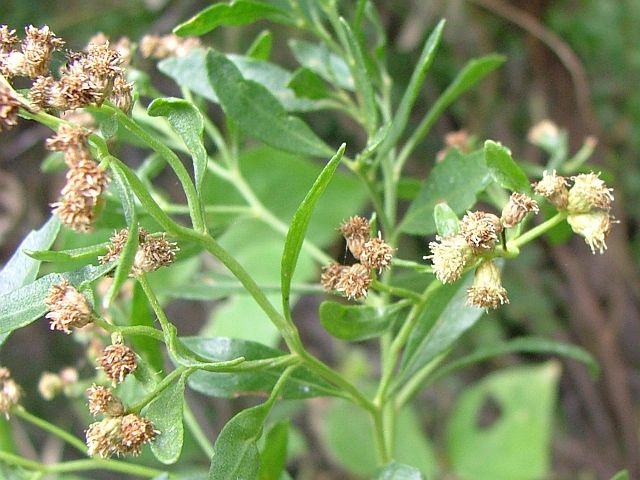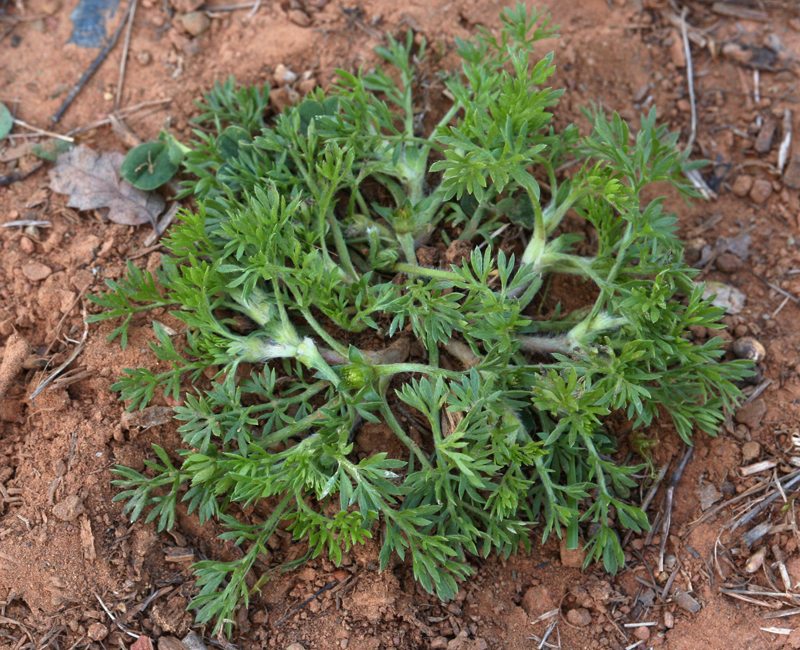Nothing like a good flood to flush out the creeks! Recent record rainfall during March in the Northern Rivers created new landscapes and transformed riparian zones along many of the local creeks.
The raging flood waters, higher than many had seen before, ripped out
bridges, tore chunks off creek banks, carved new paths and removed huge swathes of weeds and other vegetation.
Unfortunately much of this plant material will be deposited further down-stream, creating new infestations wherever they lodge. Look out for bana grass, madeira vine, coral tree, ornamental taro, to name just a few, finding new homes on the creek and river banks.
Inspect flood debris and remove clumps of weeds before they strike roots into the new ground. Pile under black plastic to rot down. This may take a while.
Where old weeds were washed away, expect them to quickly regrow unless the site is remediated and carefully managed. Now, while the river and creek banks are relatively clear, is a good time for regeneration activities. Plant mat rushes and sedges by the water’s edge as well as bottlebrushes – Callistamen spp, scrub cherry – Syzygium australe, weeping lilli-pilly, Waterhousea floribunda, and river she-oak – Casuarina cunninghamii.
Weed and other seeds will also have been distributed to new locations via the floodwaters in the creeks and rivers as well as moving overland in heavy downpours. The intensity of the rainfall exceeds the infiltration rate of the soil, if not already waterlogged. When the soil is completely saturated the excess water flows along above the ground. If there is a hill or a slope behind you, expect new seed to be carried in.
Another impact of the big wet was a number of small and large landslips which occurred on steep hillsides in Nimbin and surrounding valleys. Roads and driveways were blocked, some still. Now there are big patches of bare soil awaiting remediation. Solutions will depend on land use requirements and particular circumstances. Ideally, steep slopes should be planted with fast-growing, deep rooted trees such as hoop pine and Eucalyptus spp
.
Weeds will quickly take advantage of the exposed soil. Look out for groundsel, Baccharis halimifolia, which is staging a comeback in the Nimbin valley. Just one neglected paddock will provide seed to dozens, if not more, of other nearby and distant paddocks. Easy to spot now that it is flowering with masses of fluffy white blossoms, this hardy woody shrub is classified noxious. This means “the plant must be fully and continuously suppressed and destroyed”. Landholders have a responsibility to eradicate this plant from their property and prevent it from spreading to their neighbours.

Groundsel will entrench in dense stands if left to flower. About half its seeds fall around the parent plant. It will also spread readily further afield. The downy seeds can float on the breeze for many kilometres. Often popping up on old cattle pastures, abandoned banana farms and disturbed ground such as around earthworks and landslips, groundsel is best handled while it is still small and manageable. Seedlings are easily hand pulled when soil is moist. Ensure all roots are removed.
Autumn is a great time for gardening. The weather is not too hot so it’s pleasant to be working outdoors. Season tasks include treating the bindi-eyes, Soliva sessilis. Now is the time to pour boiling water on the bindis, well before they develop the sharp prickly seeds which cause huge problems in Summer. Bindi-eyes grow well in compacted soil so aerate the lawn, fertilise with iron sulphate and set the mower blades a bit higher to encourage a healthy sward.


 Follow
Follow